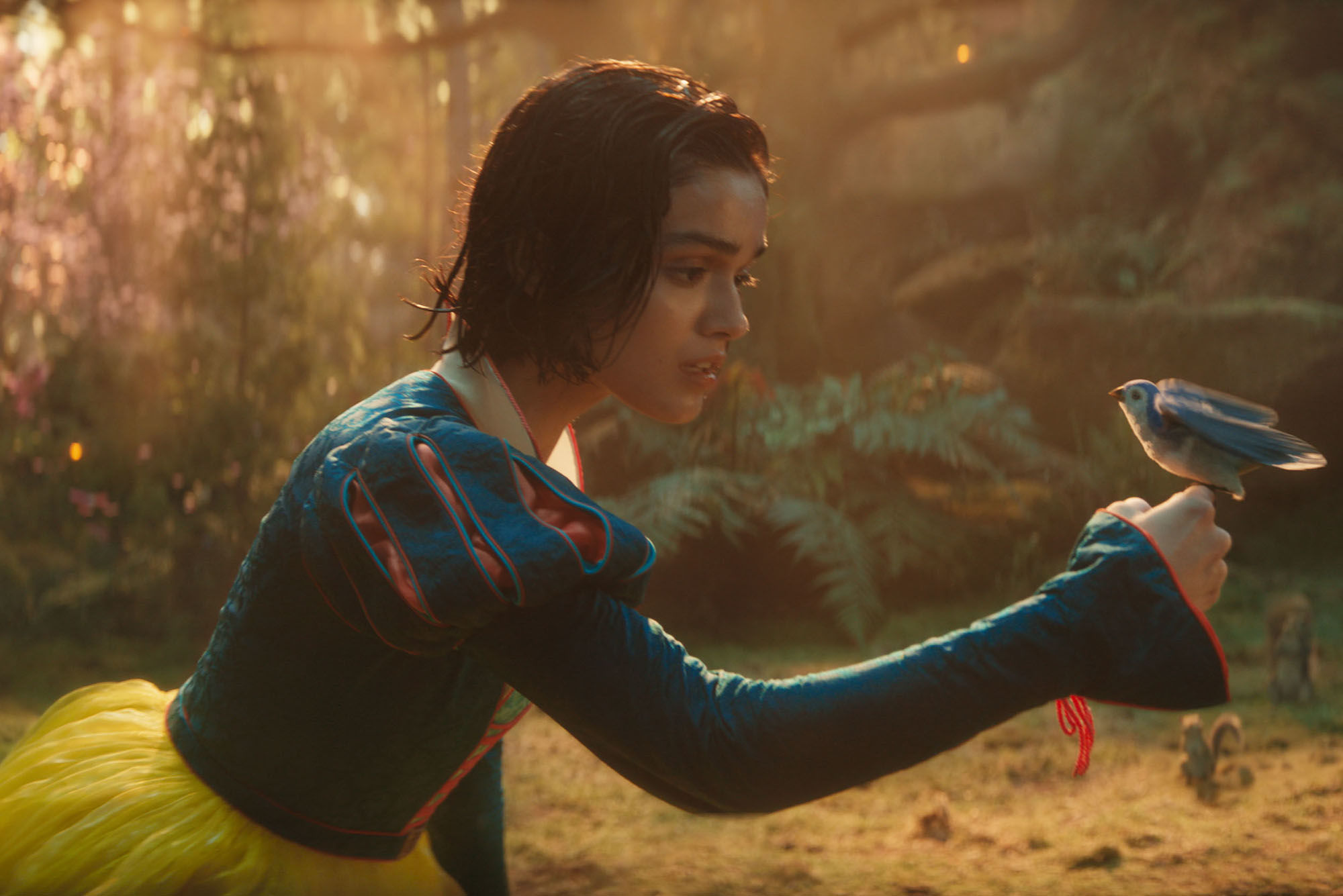Expert Analysis of ‘Snow White’s’ Box Office Performance
The box office performance of films often serves as a barometer for public interest and industry trends, and the case of ‘Snow White’ is no exception. Traditionally, adaptations of classic fairy tales have performed well at the box office, tapping into nostalgia while appealing to both new audiences and original fans. However, with modern audiences becoming more discerning, the success of ‘Snow White’ hinges on various factors, including marketing strategies, cultural relevance, and execution. The film’s ability to resonate with present-day themes of empowerment and inclusion could significantly influence ticket sales and overall reception.
Critical Considerations in the Box Office Landscape
When analyzing the box office landscape in which ‘Snow White’ is situated, several critical considerations come into play. Firstly, the competitive environment of the release schedule can hardly be overstated; a crowded lineup of releases can split audiences and dampen potential earnings. Furthermore, the impacts of digital streaming platforms have transformed consumer viewing habits. The attraction of watching a film from the comfort of home often outweighs the incentive to visit cinemas, especially amidst industry-redefining global events, such as the pandemic. Therefore, ‘Snow White’s’ success will not just reflect its storytelling prowess but also its release strategy and the timing against other blockbusters.
Future Outlook: Trends to Watch in the Entertainment Industry
Looking ahead, the evolution of ‘Snow White’s’ box office performance will likely mirror broader trends in the entertainment industry. With a shift towards more diverse storytelling that embraces various cultural backgrounds and perspectives, films that successfully incorporate these elements may lead the way in future box office standings. Additionally, as augmented reality (AR) and virtual reality (VR) technology becomes more mainstream, there’s potential for films like ‘Snow White’ to enhance audience engagement through interactive experiences. Marketers and producers should strategically harness these trends to optimize ticket sales and cultivate a loyal viewer base, as audiences continue to seek connection and representation in the stories they consume.
How Audience Expectations Influenced the Remake
Remaking a classic or popular movie is often a daunting task that filmmakers undertake with caution. Audience expectations play a pivotal role in influencing the decision-making process when it comes to remakes. Understanding and meeting these expectations can make or break the success of a remake.
When a beloved movie is being remade, audiences bring a set of preconceived notions and nostalgia associated with the original film. Meeting these expectations while adding a fresh perspective is crucial for filmmakers. A successful remake not only respects the core elements that made the original popular but also offers a new take that resonates with modern audiences.
Furthermore, social media and online platforms have amplified audience voices, making it easier for filmmakers to gauge expectations and reactions in real-time. This instant feedback loop can shape the direction of a remake during its production and post-release phases.
Moreover, the trend of remakes itself has been significantly influenced by audience preferences. Studios often opt for remakes of popular films due to the existing fan base and built-in audience expectations. However, failing to meet these expectations can lead to backlash and criticism, affecting the remake’s box office performance and critical reception.
In conclusion, audience expectations are a driving force behind the success or failure of a movie remake. Filmmakers need to navigate the delicate balance of honoring the original while innovating to meet the evolving tastes of audiences. By understanding and leveraging audience expectations effectively, remakes have the potential to captivate both nostalgic fans and a new generation of moviegoers.
Comparing the Remake to the Original Snow White
When it comes to the timeless fairy tale of Snow White, exploring the differences and similarities between the original classic and any remakes is a fascinating journey. The original Snow White movie, released by Disney in 1937, captivated audiences worldwide with its enchanting story and memorable characters.
Divergent Storylines
The remake often introduces modern elements, twists, or expanded backstories that diverge from the traditional narrative. This can add depth and complexity to the characters and plot, offering a fresh perspective for both new and seasoned fans.
Visual Enhancements
With advancements in CGI and technology, remakes of Snow White can bring the magical world to life in ways unimaginable in the past. From stunning visual effects to intricate costume designs, the remake often aims to elevate the visual experience for viewers.
Character Portrayals
Characters in the remake may undergo reinterpretations or modernizations that resonate with contemporary audiences. These fresh portrayals can breathe new life into beloved characters, creating a unique dynamic between the original and the reinvented versions.
Lessons Learned from Snow White’s Modern Adaptation
Breaking Down the Headlines
In the recent modern adaptation of Snow White, key lessons are being highlighted beyond the fairy tale narrative. The evolving portrayal of characters and themes reflect changing societal values and storytelling trends.
The Bigger Picture
This adaptation offers a fresh perspective on traditional gender roles and relationships. By reimagining Snow White as more empowered and independent, the adaptation resonates with contemporary audiences, sparking discussions on empowerment and self-reliance.
What This Means Going Forward
Looking ahead, this adaptation is likely to influence future retellings of classic tales, inspiring a shift towards more progressive and inclusive storytelling. Audiences can expect to see further exploration of diverse perspectives and modern values in upcoming adaptations across various media platforms.




